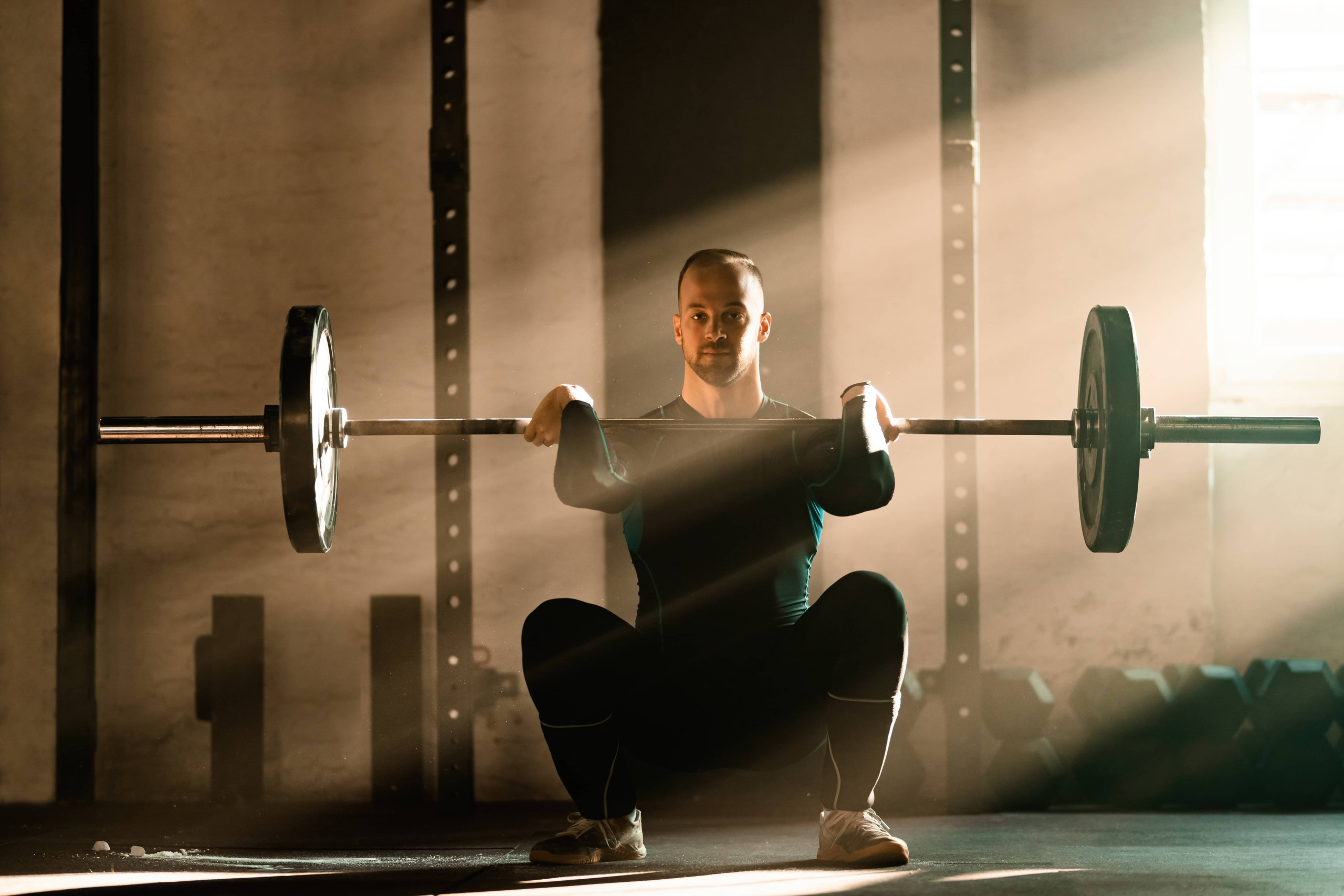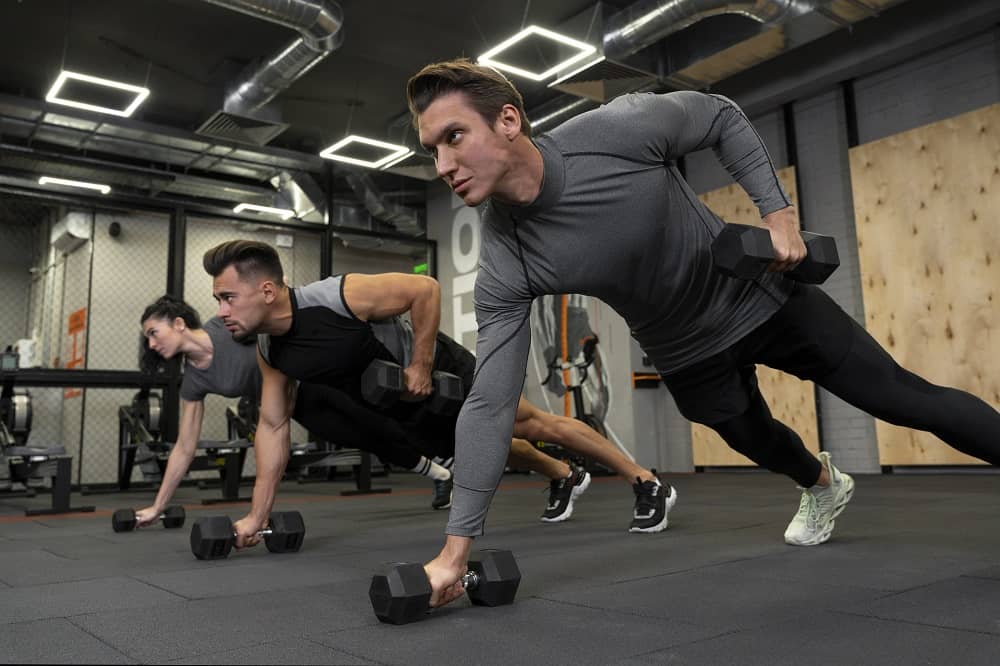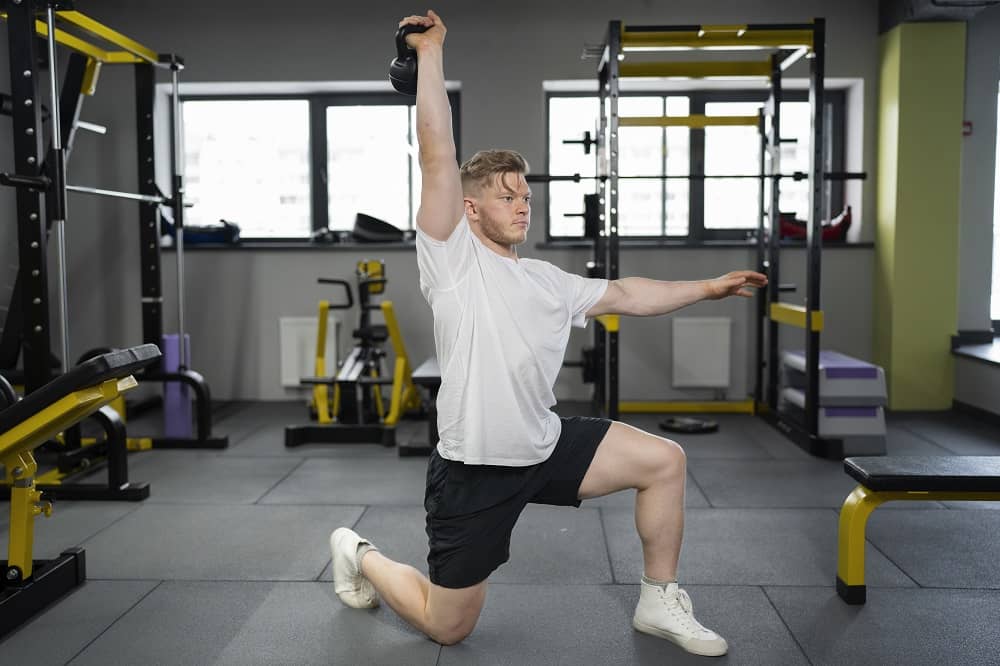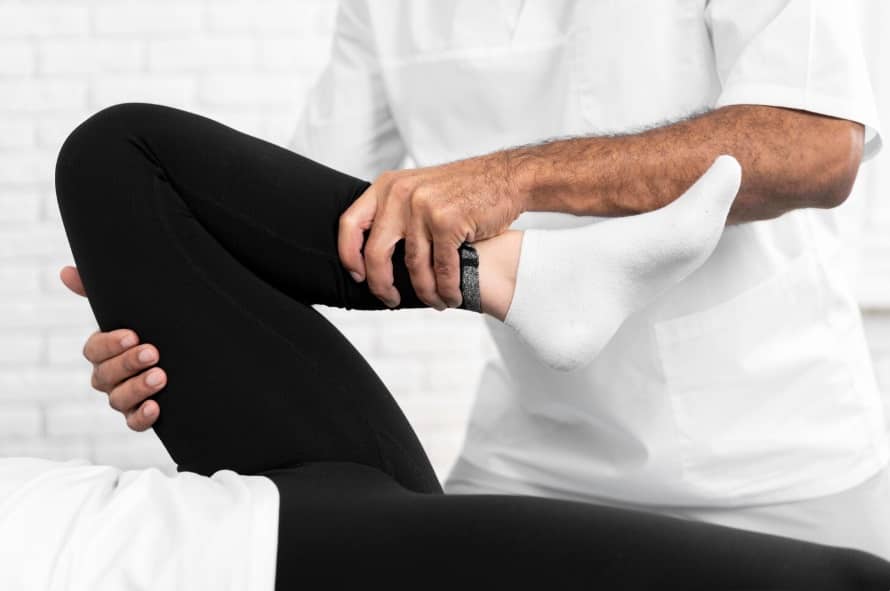by Mo Adams
Share
by Mo Adams
Share
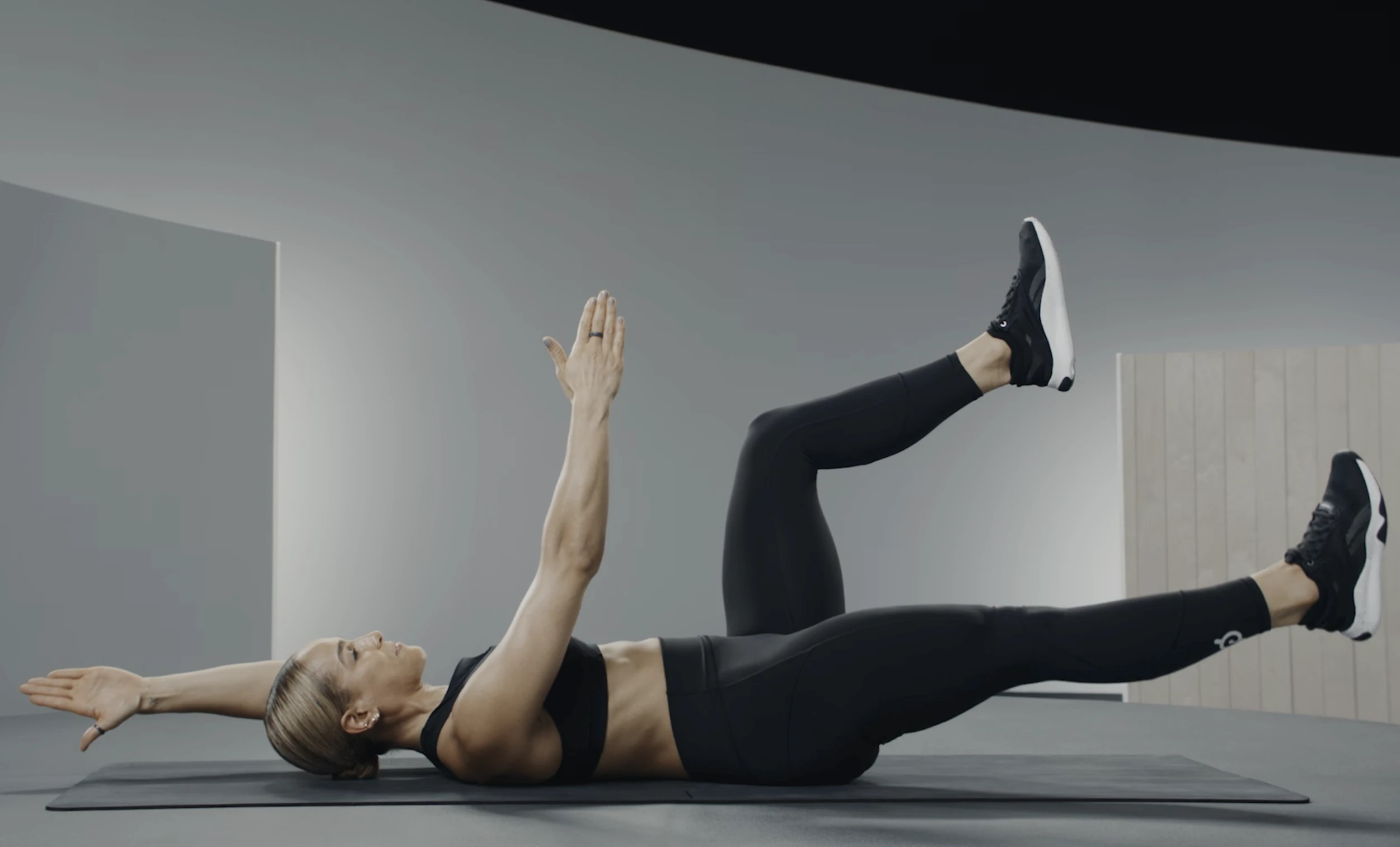
Balance and stability are fundamental components of any well-rounded fitness routine. Whether you are engaging in high-intensity sports, lifting weights, or simply moving through your day-to-day activities, a strong sense of balance and stability is crucial. Balance and stability exercises are designed to improve your body’s ability to stay stable and upright, enhancing performance and preventing injuries.
At CrossFit Golden Valkyrie, we emphasize the importance of balance and stability exercises in creating a strong, resilient body. In this article, we will explore the significance of balance and stability, the best exercises to improve them, and how incorporating them into your fitness regimen can lead to a healthier, injury-free lifestyle.
Why are Balance and Stability Exercises Important?
Balance and stability exercises play a crucial role in enhancing overall fitness and ensuring that your body functions efficiently. The benefits of these exercises extend beyond just performance enhancement—they are essential for injury prevention and improving overall body control.
- Injury Prevention: Weakness in balance and stability often leads to compensatory movements, which can result in strains, sprains, or even falls. By incorporating balance and stability exercises into your routine, you build a solid foundation that improves your coordination and reduces the risk of injury.
- Improved Posture and Alignment: Regular practice of balance exercises strengthens the core, which directly impacts your posture. A well-aligned body improves how you carry yourself during both physical activity and everyday tasks.
- Enhanced Performance: For athletes, balance and stability are key factors in performance. Whether you’re running, cycling, or engaging in weightlifting, having a stable core and improved balance allows you to execute movements more efficiently and with greater power.
- Functional Movement: Balance and stability exercises prepare your body for daily movements like bending, lifting, twisting, or walking. These exercises ensure that your body is strong and agile enough to handle everyday physical demands, reducing fatigue and improving functional mobility.
Key Components of Balance and Stability Exercises
To achieve optimal balance and stability, it’s important to incorporate exercises that target both the body’s stability (muscular strength) and balance (coordination and control). Here are the key components to focus on in balance and stability exercises:
1. Core Strengthening
The core is the foundation of balance and stability. A strong core stabilizes the spine and helps maintain proper posture, allowing you to perform complex movements safely and effectively. Core strengthening exercises are essential for improving stability and reducing the likelihood of back injuries or poor posture.
Examples of core-strengthening balance and stability exercises include planks, Russian twists, and bird dogs. These movements activate the muscles of the abdomen, back, and pelvis, providing a solid base for balance and stability.
2. Proprioception Training
Proprioception is the body’s ability to sense its position in space. It’s a critical component of balance because it allows your brain to process information about your body’s movements and adjust accordingly. Improving proprioception helps you react quickly to changes in your environment, reducing the likelihood of falls and improving your overall body awareness.
Proprioception training can be done through exercises like standing on one leg, using a balance board, or performing exercises on an unstable surface. These activities challenge your body’s ability to stay balanced and control its movements in real time.
3. Leg and Ankle Strength
The legs and ankles play a pivotal role in balance and stability, especially when you’re performing activities that involve standing, walking, or running. Strengthening the muscles around the knees, ankles, and hips reduces the risk of injury and improves stability in the lower body.
Exercises such as single-leg squats, calf raises, and lunges strengthen the lower body and improve stability, enhancing your ability to perform movements with control and ease. Strong legs and ankles also prevent common injuries like sprained ankles or knee ligament strains.
4. Upper Body Stability
While balance is often associated with the lower body, the upper body also plays an important role in maintaining stability. The shoulders, arms, and chest must work in coordination with the core and lower body to stabilize the body during dynamic movements.
Upper body stability can be enhanced through exercises like push-ups, overhead presses, and stability ball push-ups. These exercises challenge your shoulders and arms to engage the core and maintain a stable, balanced position.
Read more : Total Body Fitness: The Key to Achieving Full-Body Strength and Health
Effective Balance and Stability Exercises
Here are some of the most effective balance and stability exercises that can help you improve body control, prevent injury, and enhance your fitness performance:
1. Single-Leg Deadlifts
The single-leg deadlift is a great exercise for strengthening the legs, hips, and core while improving balance. This exercise requires you to stand on one leg while hinging forward at the hips and reaching toward the ground, activating the hamstrings, glutes, and lower back. As you lower your body, your stabilizing muscles must engage to maintain balance.
How to do it:
- Stand on one leg with a slight bend in the knee.
- Hinge at the hips and lower your torso toward the floor while keeping the back straight.
- Reach your opposite hand toward the ground while keeping your standing leg stable.
- Return to standing and repeat.
2. Bosu Ball Squats
The Bosu ball squat is a dynamic exercise that challenges your balance while engaging the core and leg muscles. By performing squats on an unstable surface, you enhance proprioception and develop the muscles responsible for stability.
How to do it:
- Stand on a Bosu ball with your feet shoulder-width apart.
- Lower into a squat position, making sure your knees don’t go past your toes.
- Push through your heels to return to standing.
3. Plank Variations
Planks are one of the best balance and stability exercises for strengthening the core and improving overall stability. By holding a plank position, you engage the muscles of the core, shoulders, and back, building strength and endurance.
How to do it:
- Start in a push-up position, but with your forearms on the ground.
- Hold the position, making sure to keep your body in a straight line from head to heels.
- For an added challenge, try side planks or plank leg lifts.
4. Lunges with a Twist
This exercise combines the benefits of lunges and rotational movements, challenging your lower body strength, core stability, and balance. The added twist helps to engage the obliques, improving your rotational strength and stability.
How to do it:
- Start by standing with your feet hip-width apart.
- Step forward into a lunge, making sure your front knee doesn’t go past your toes.
- As you lunge, twist your torso toward the side of your front leg.
- Return to standing and repeat on the other leg.
5. Balance Board Exercises
Balance boards are excellent tools for enhancing proprioception and overall stability. By performing squats or other movements on a balance board, you challenge your body’s ability to maintain equilibrium on an unstable surface, improving balance and coordination.
How to do it:
- Stand on a balance board with your feet hip-width apart.
- Hold the position for as long as possible, or incorporate squats or lunges to add difficulty.
How to Incorporate Balance and Stability Exercises into Your Routine
Incorporating balance and stability exercises into your fitness routine is essential for long-term health and injury prevention. Here’s how you can include them effectively:
- Warm-Up Routine: Add balance exercises like single-leg stands or light lunges into your warm-up to activate your stabilizing muscles and prepare for more intense activities.
- Strength Training: Include balance and stability exercises as part of your strength training routine. For example, perform squats on an unstable surface or add planks to your circuit for improved core stability.
- Core Workouts: Dedicate one or two sessions per week to core and balance exercises. Incorporate moves like planks, deadlifts, and lunges to build strength and stability in key muscle groups.
- Cool-Down and Flexibility: After your workout, focus on flexibility and mobility exercises to release tension and improve joint range of motion.
Conclusion
Balance and stability exercises are vital for improving overall fitness, preventing injuries, and enhancing your ability to perform both athletic activities and daily tasks. By incorporating exercises that challenge your balance, strengthen your core, and improve joint stability, you’ll develop a stronger, more resilient body capable of handling any movement with ease.
At cross fit golden valkyrie , we focus on incorporating balance and stability exercises into our comprehensive fitness programs. Whether you’re looking to improve your athletic performance or simply want to feel more stable and secure during daily activities, our expert trainers will guide you through the exercises needed to build a balanced and stable body.
FAQs
1. How often should I do balance and stability exercises?
Balance and stability exercises should be performed at least 2-3 times a week to see improvements. They can be added to your warm-up or cool-down routine or as part of your regular strength training.
2. Can balance exercises help prevent falls in older adults?
Yes, balance exercises are particularly beneficial for older adults. They help improve proprioception, reduce the risk of falls, and enhance coordination, making everyday activities safer.
3. Do balance exercises help with posture?
Yes, balance and stability exercises strengthen the core and lower body, which directly contribute to improved posture. A strong core helps maintain alignment and reduce the risk of back and neck pain.
STAY IN THE LOOP
Subscribe to our free newsletter.
At CrossFit Golden Valkyrie, we believe in empowering you with strength workouts that transform your body and mind. Resistance training, the foundation of true strength, involves challenging your muscles with various activities – from lifting weights to mastering bodyweight exercises. Think of it as forging your own resilience, one rep at a time. Key compound exercises like
At CrossFit Golden Valkyrie, whether you’re just starting your fitness journey or looking to enhance your results, a well-rounded fitness training plan is essential for reaching your goals. To create a balanced routine, incorporate these five key elements into your fitness training program: 1. Aerobic Fitness Aerobic activity, also known as cardio, forms the foundation
At CrossFit Golden Valkyrie, we believe nothing compares to a solid session of exercises for functional strength. The rush of lifting heavy loads and pushing through high-volume reps brings a sense of power and fitness like no other. No matter your athletic background or fitness level, exercises for functional strength are key to enhancing physical
At CrossFit Golden Valkyrie, we believe that true fitness isn’t just about lifting heavy or running fast; it’s about building a body that moves well, feels good, and stays active for a lifetime. And at the heart of that philosophy lies the critical importance of joint health and mobility. Many people, as they age or push

